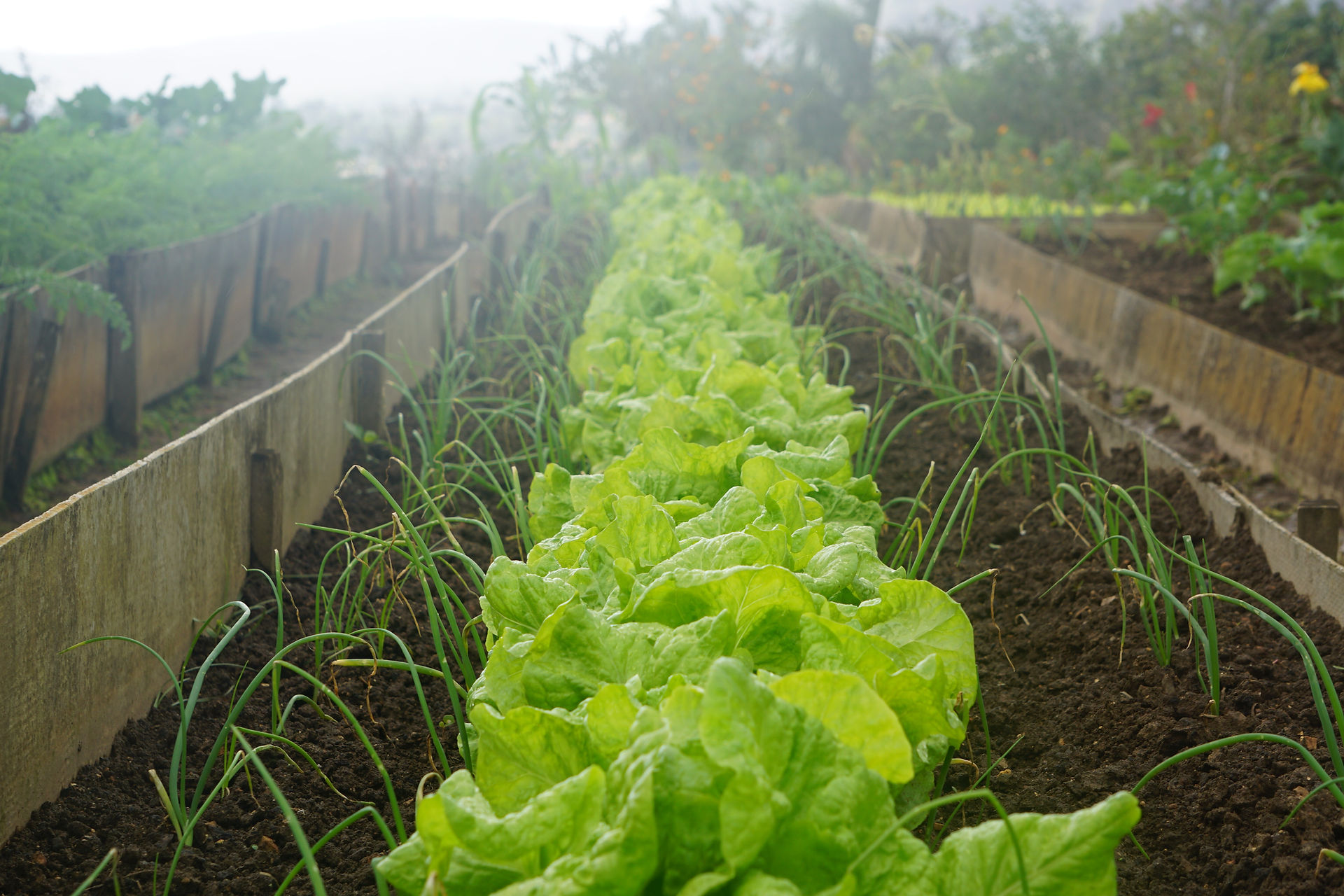


Soil Care Network Newsletter
May 2020
by Anna Krzywoszyńska
Research and projects
-
Fascinating insights into the relationship between graziers and soils is coming from this long-term study of the ecological effects of wildlife and commercial grazing on savannahs. It finds that elephants are powerful soil stewards, as their grazing, pooping, and tree-knocking habits contribute to soil organic matter stocks. Co-existence of wildlife and low-stocking commercial grazing may be a good idea from the soil point of view, with elephants compensating for the loss of soil fertility due to commercial herds (which are locked up during the night, and so do not return nutrients to the soils).
-
Acceleration of global warming due to methane released from the melting permafrost is a serious worry. Modelling its impacts needs to include, however, activity of methane-consuming microbes, which may help to lower overall methane emissions from these sites.
-
This interesting article presents the history of inquiry into the relationship between geology and the make-up of soils and human health, and the emergence of a new field of research, medical geology.
-
Rising temperatures due to anthropogenic climate change may help soil-borne crop pathogens, and exacerbate the dangers to food production, this new research suggests
-
China has now over 60 years of experience in regenerating desertified lands. This article looks at what lessons can be learned from their experience.
-
It is unrealistic to expect that regenerative agriculture will play a significant role in climate change mitigation through storing soil carbon, this recent report argues – their framing of what is ‘practical’ and ‘realistic’ is particularly interesting!
-
When we take a lung-full of fragrant soil, it turns out we may actually be sensing communication between soil bacteria (Streptomyces) and soil animals such as springtails. New research suggests that Streptomyces use the aromatic compounds to attract soil animals to their colonies when they are creating spores; they get eaten in the process, but their spores also spread by hitch-hiking on the soil animals.
-
Covering soils in plastic can boost crop yields in the short term – but the accumulation of plastic in soils in the longer term has such negative effects that full recovery of plastic waste from soil is absolutely crucial. An interesting contribution to overall thinking around plastics in soil.
-
A soil ethnography, Kristina Lyon’s ‘Vital Decompositions’, was just published with Duke University Press. Lyons’ work follows state soil scientists and peasants across labs, greenhouses, forests, and farms to show how the study and stewardship of the soil point to alternative frameworks for living and dying.
-
Lesley Green's new book 'Rock | Water | Life' looks unflinchingly at the interwoven realities of inequality, racism, colonialism, and environmental destruction in South Africa; the politics and sciences of soils feature prominently.
-
The Royal Society has published a report examining the relationship between soil structure and its benefits to biodiversity, agricultural productivity, clean water and flood prevention and climate change mitigation. The report also describes how soil structure can be measured and what interventions a land manager can make to promote good soil structure.
-
A global system of universal standards to measure and classify soils across the planet is being launched. Based on soil spectroscopy, this project will aim to create a comprehensive library of global soils by using the same methodology for soil assessment and classification.
Soil policy and social movements
-
Soil degradation continues to be an issue for China, linked with the adoption of modern farming techniques , but soil protection is becoming more prominent in China’s policy frameworks.
-
Forum for the Future has released a report exploring the barriers and opportunities to scale regenerative agriculture in the US. You can access their report Growing our Future here, and attend a webinar on the subject on 25 June.
-
The Sustainable Food Trust is starting a project of designing a farming system for the UK ‘from the soil up’, modelling potential sustainable food production on the basis of agro-ecologies.
-
Argentina is the world’s 3rd biggest producer of soybeans, and these monocultures have significantly degraded its soils. A growing movement towards agroecology is however emerging.
-
We currently lack robust data to show that soil health can be a win-win for both commercial farms and their ecologies. This project in Australia is endeavouring to do just that by working with 20 regenerative agriculture dairy farms
Markets and technology
-
A lot of soil ends up being wasted in construction. Soil Connect is a new app developed in the US which connects those who want to get rid of soil with those who need it!
-
Farmers in the UK can use this free tool to assess how to lower their carbon emissions, including through soil related practices.
-
Soil stewardship and carbon markets are starting to go hand in hand, as this essay illustrates
-
The Food and Agriculture Organisation of the United Nations have launched RECSOIL, which links land management and aviation to off-set emissions through soil carbon sequestration, as their recent webinar explains
Soil essays and long reads
-
How have ancient civilisations dealt with soil salinization? This blog tells a fascinating story of the North American Hohokam feats of irrigation engineering, and the role salinization played in their demise.
-
Even challenging landscapes can be transformed through soil regeneration, as this case study of regenerative almond growing from Southern Spain demonstrates - an inspiring story.
-
Regenerative farming is enchanting the world of fashion – it is now in Vogue ;)
Get involved
-
FAO has launched a soil biodiversity photography competition – submission deadline at the end of June! Can’t wait to see the entries.